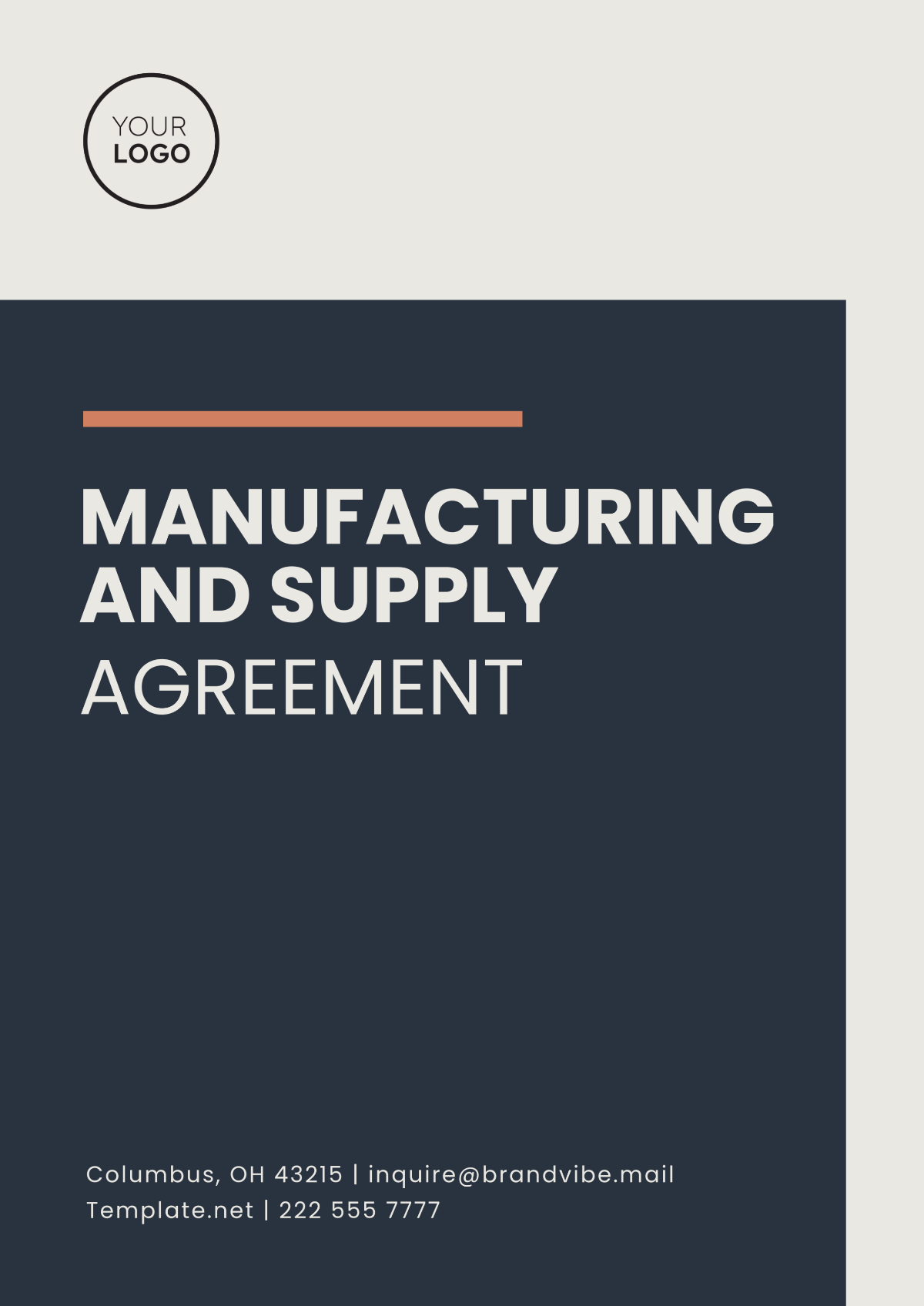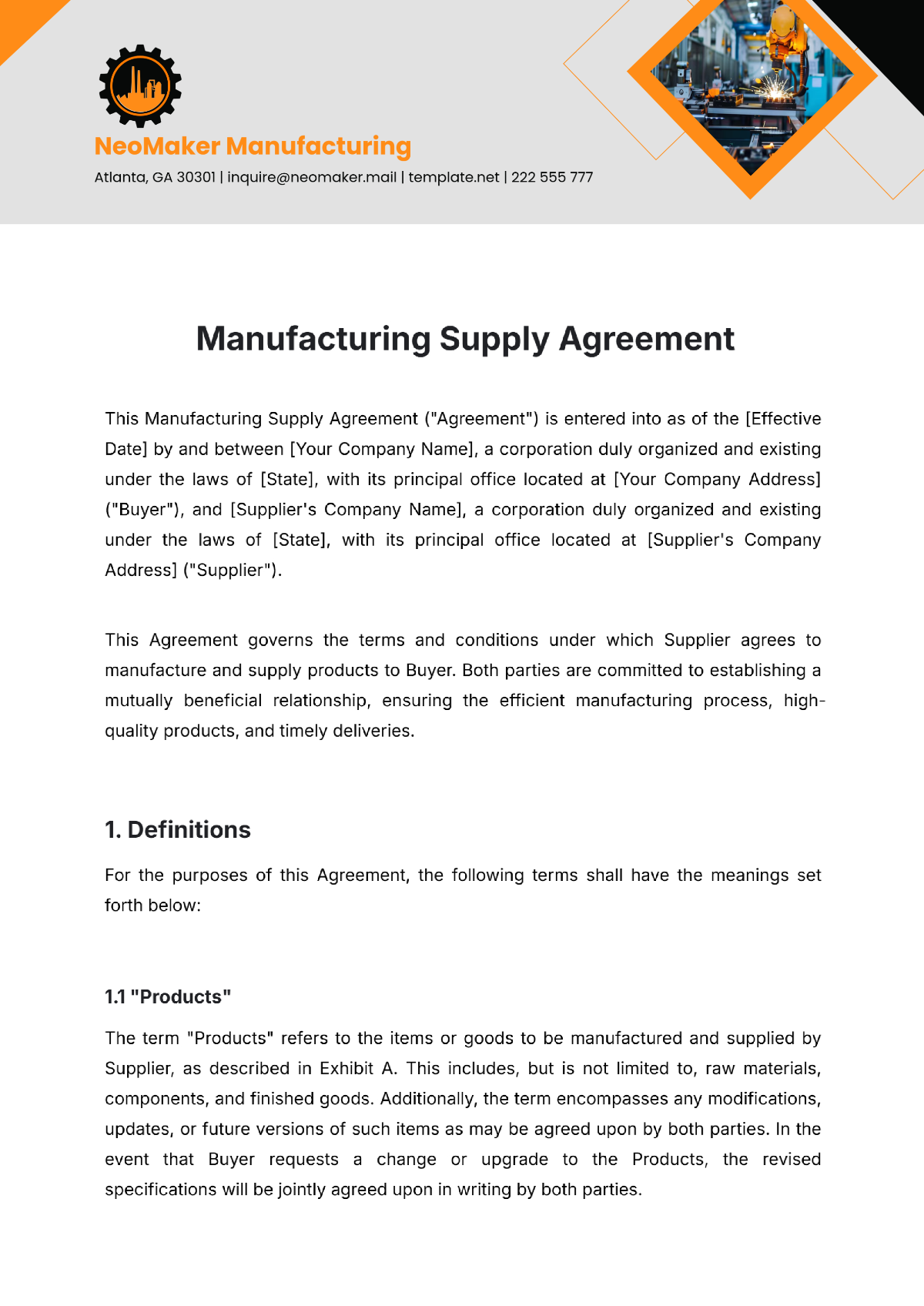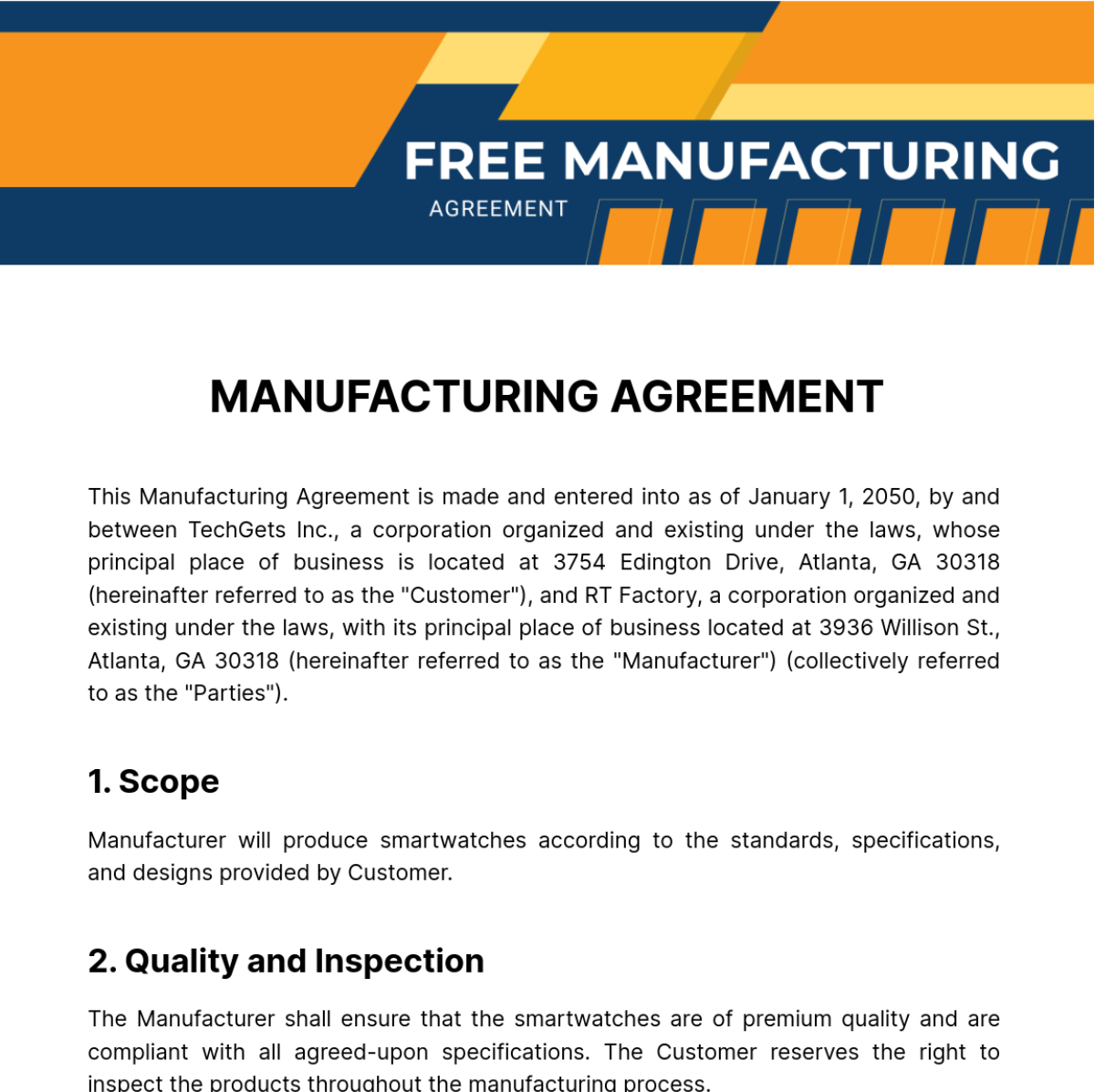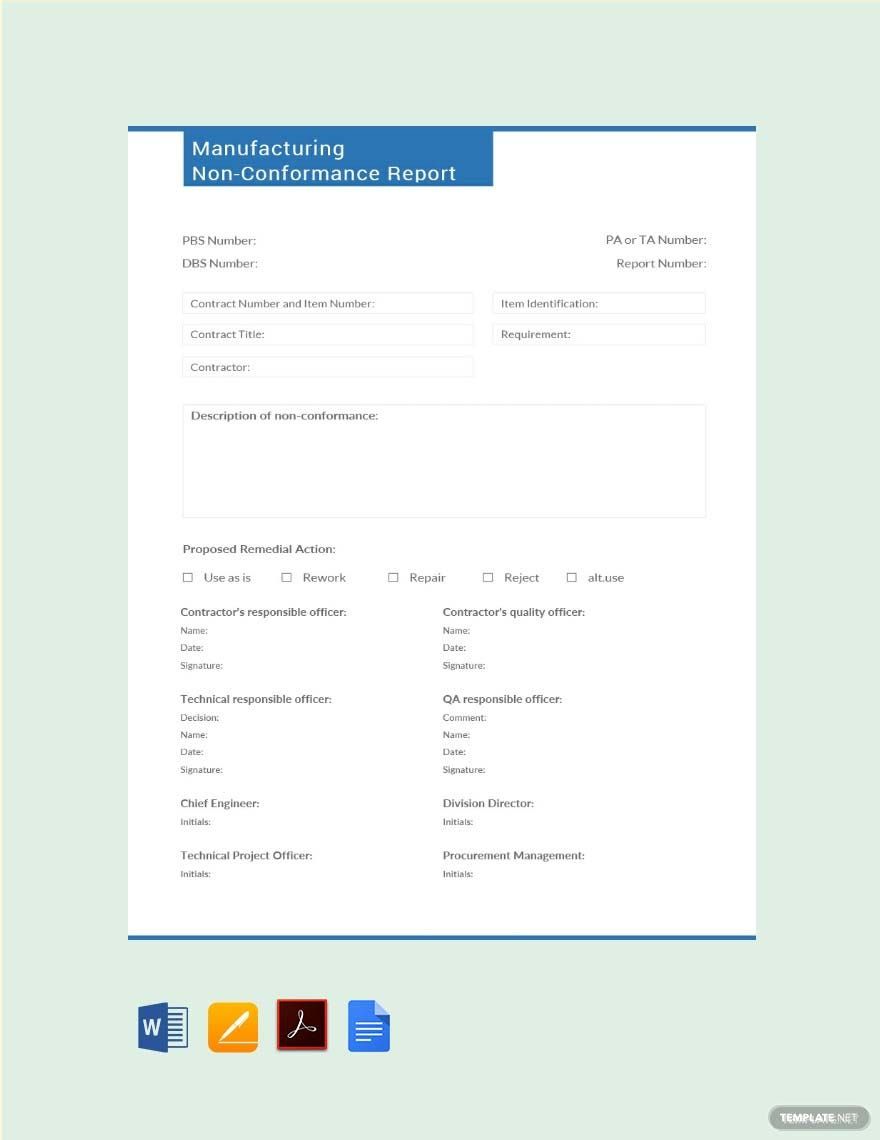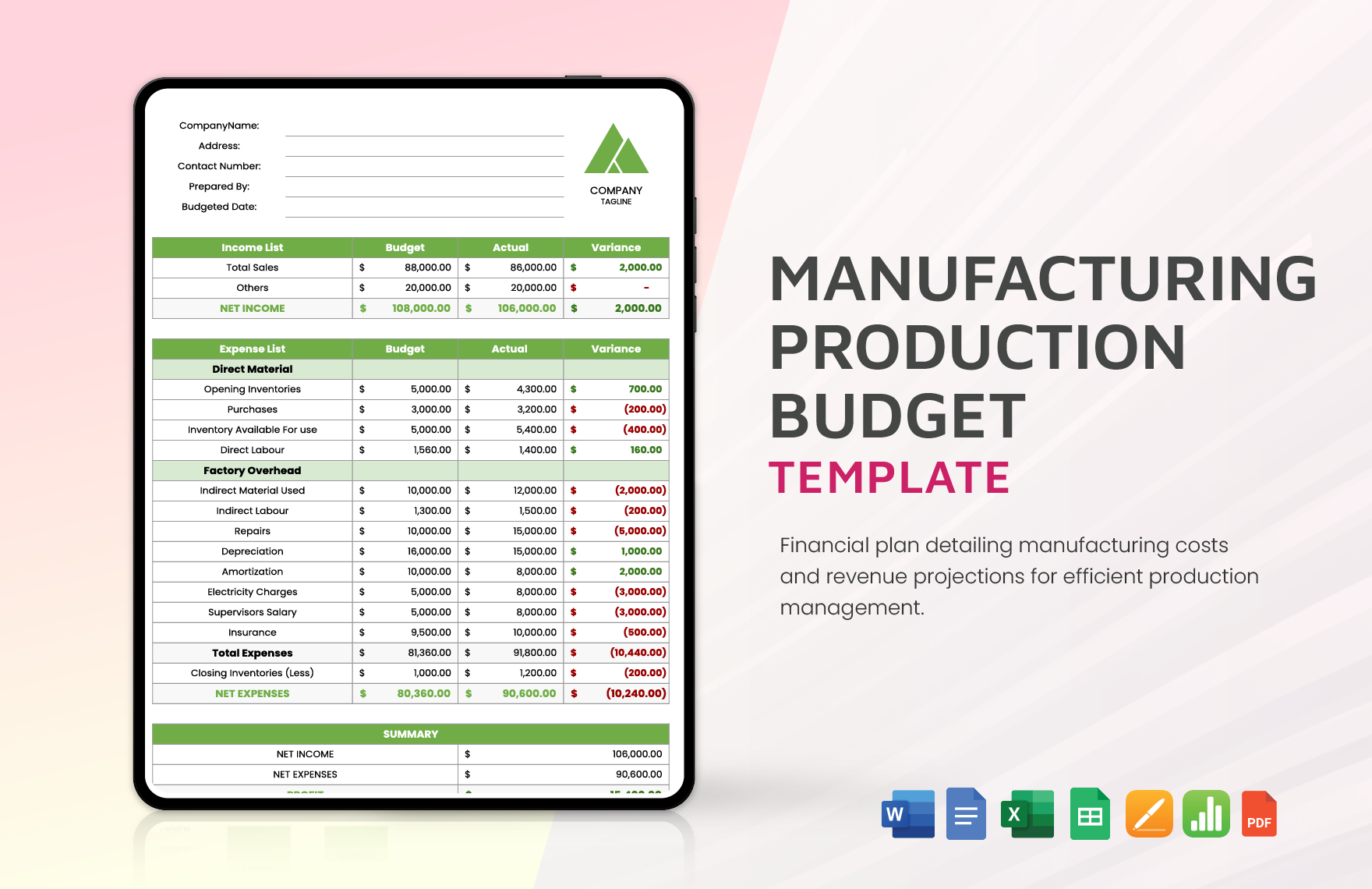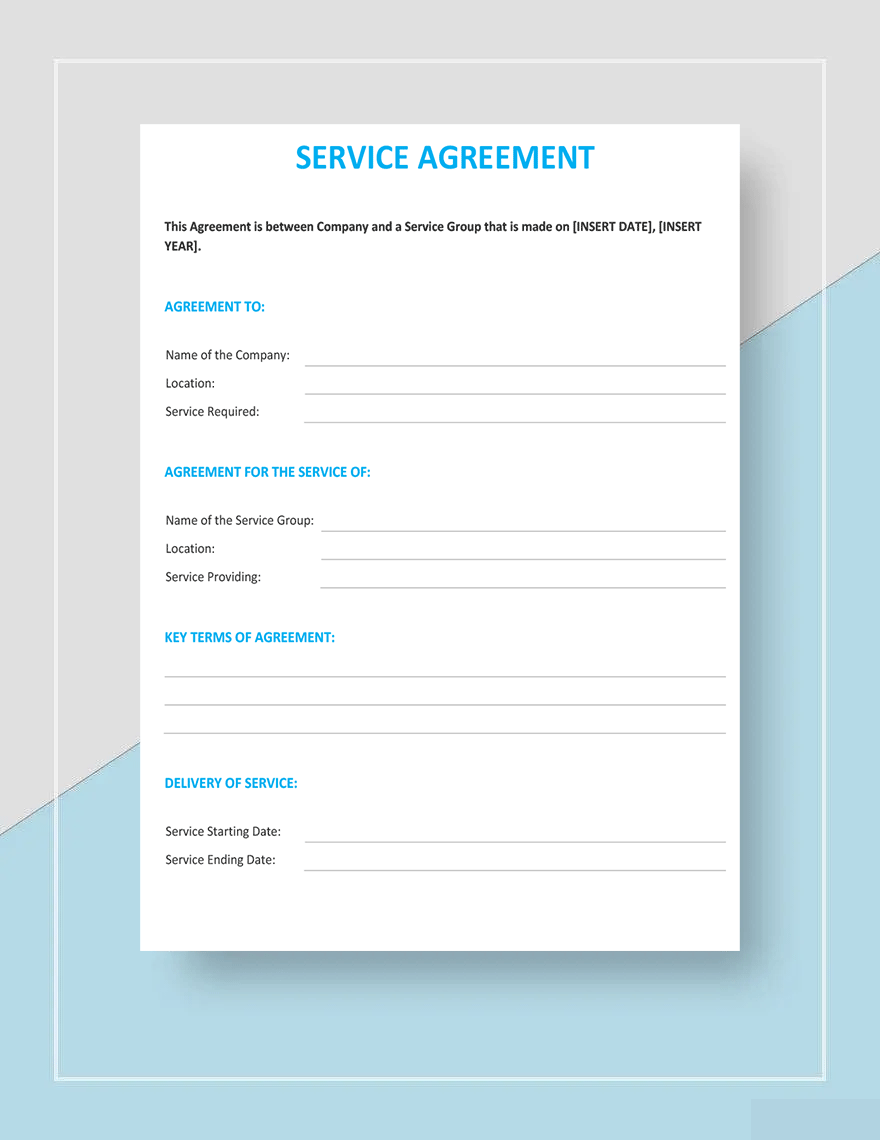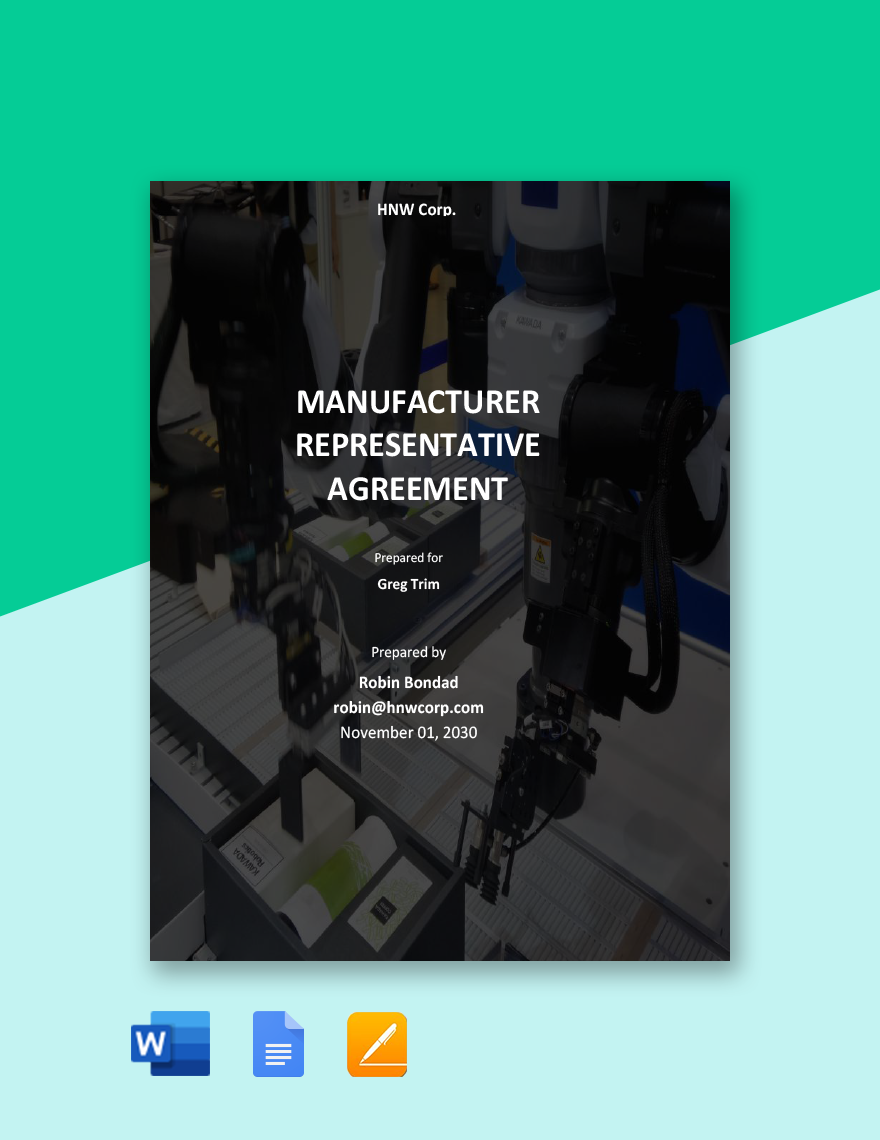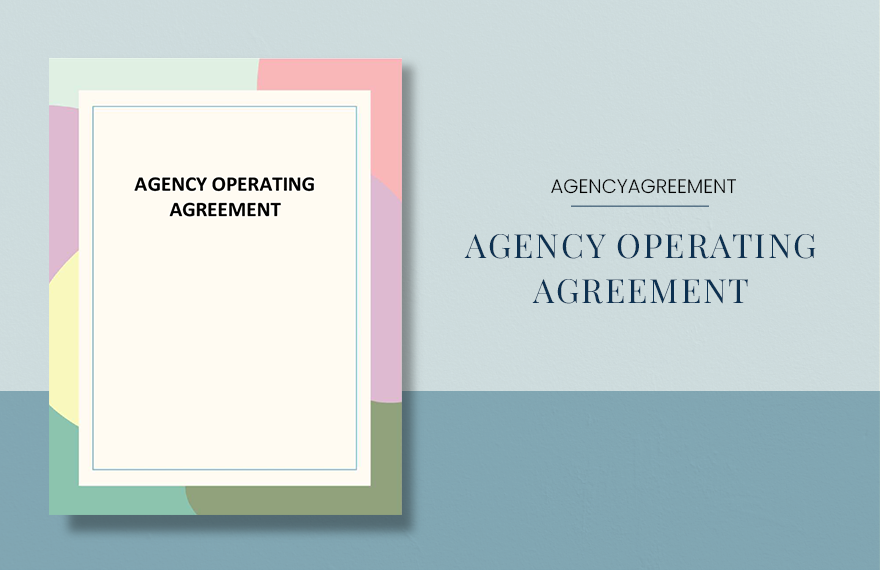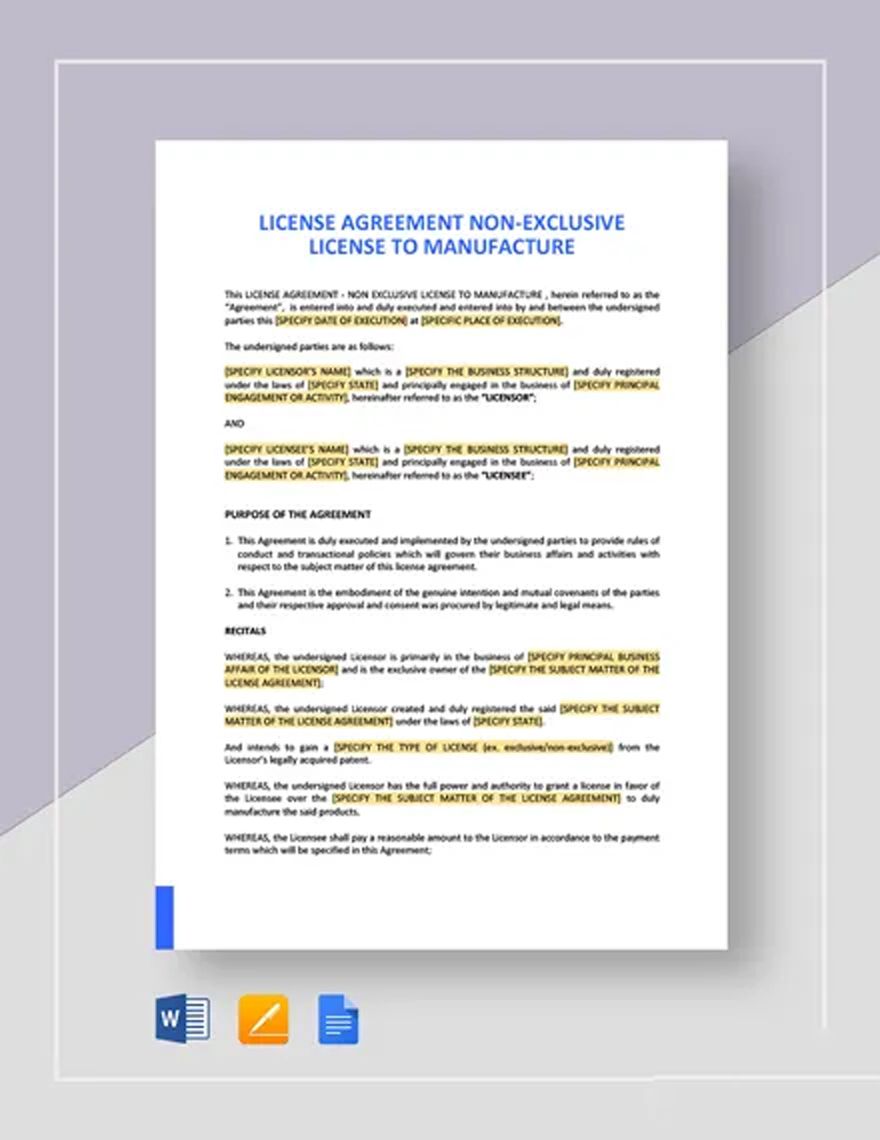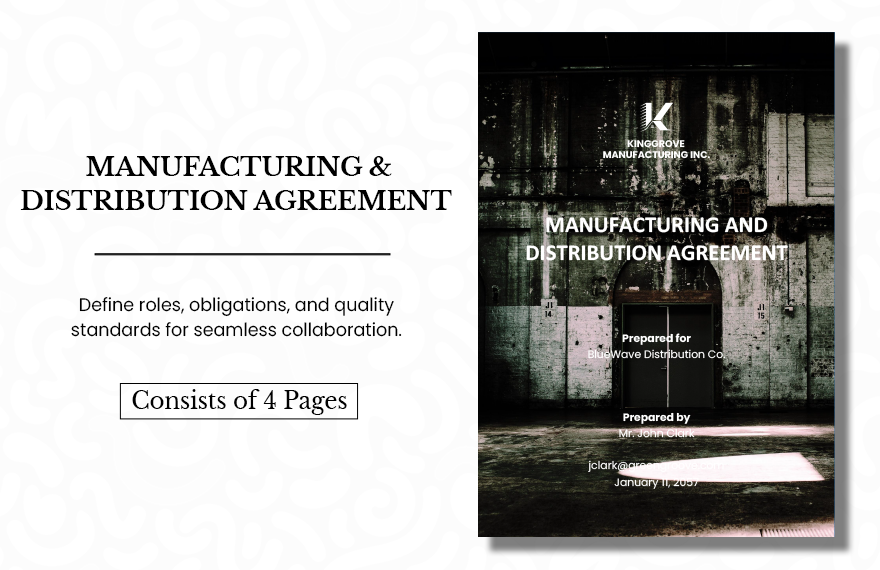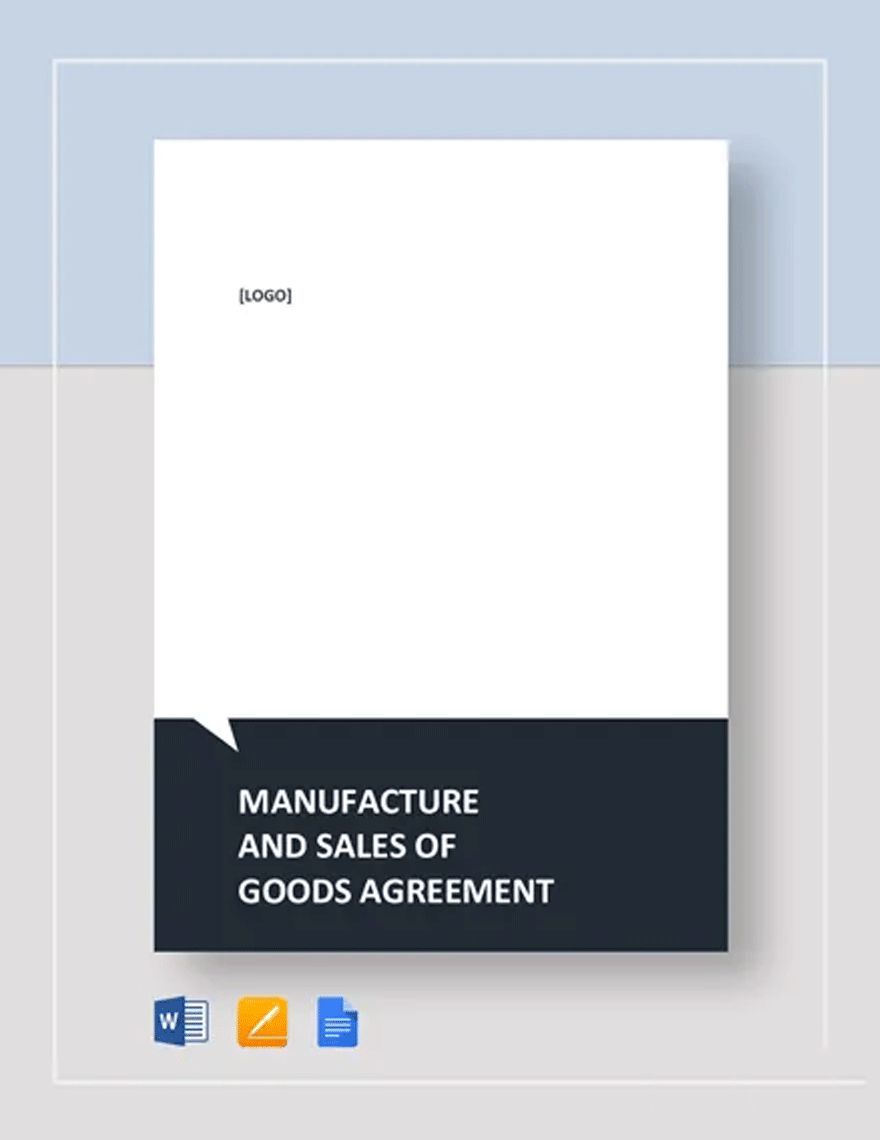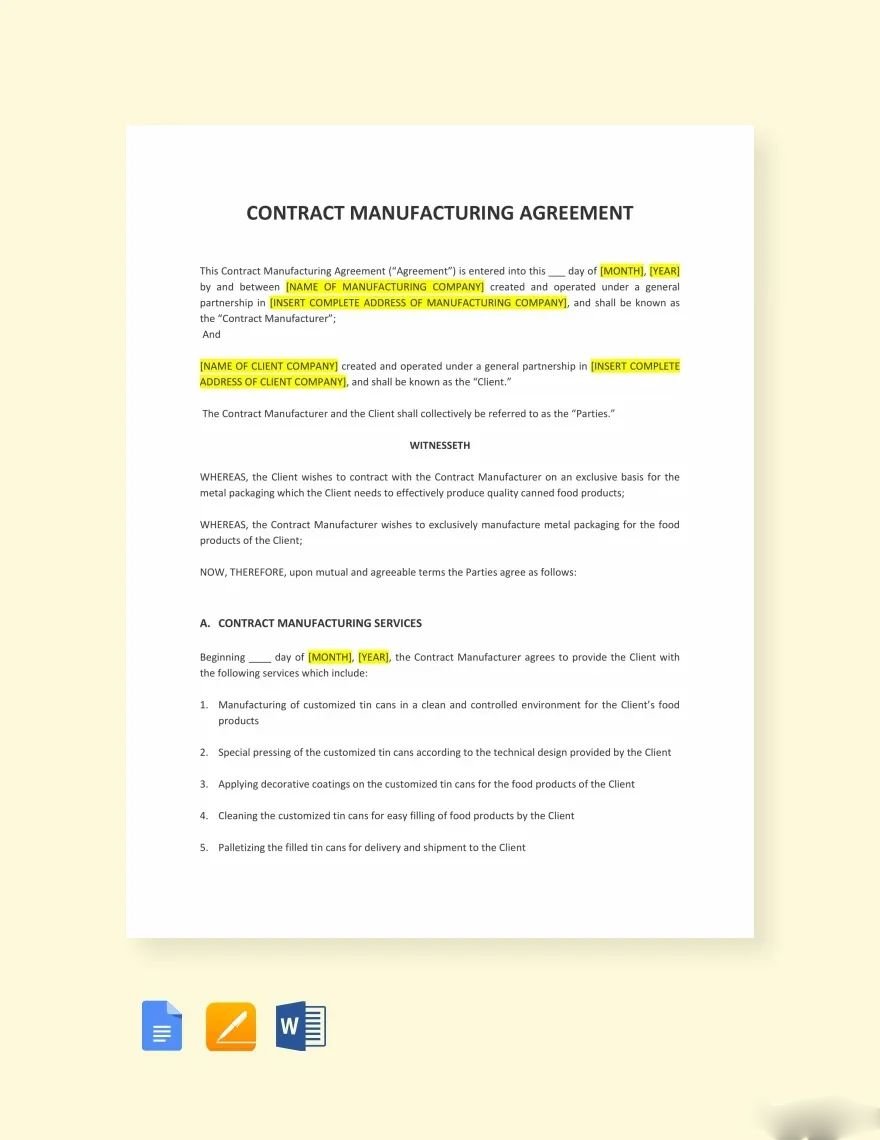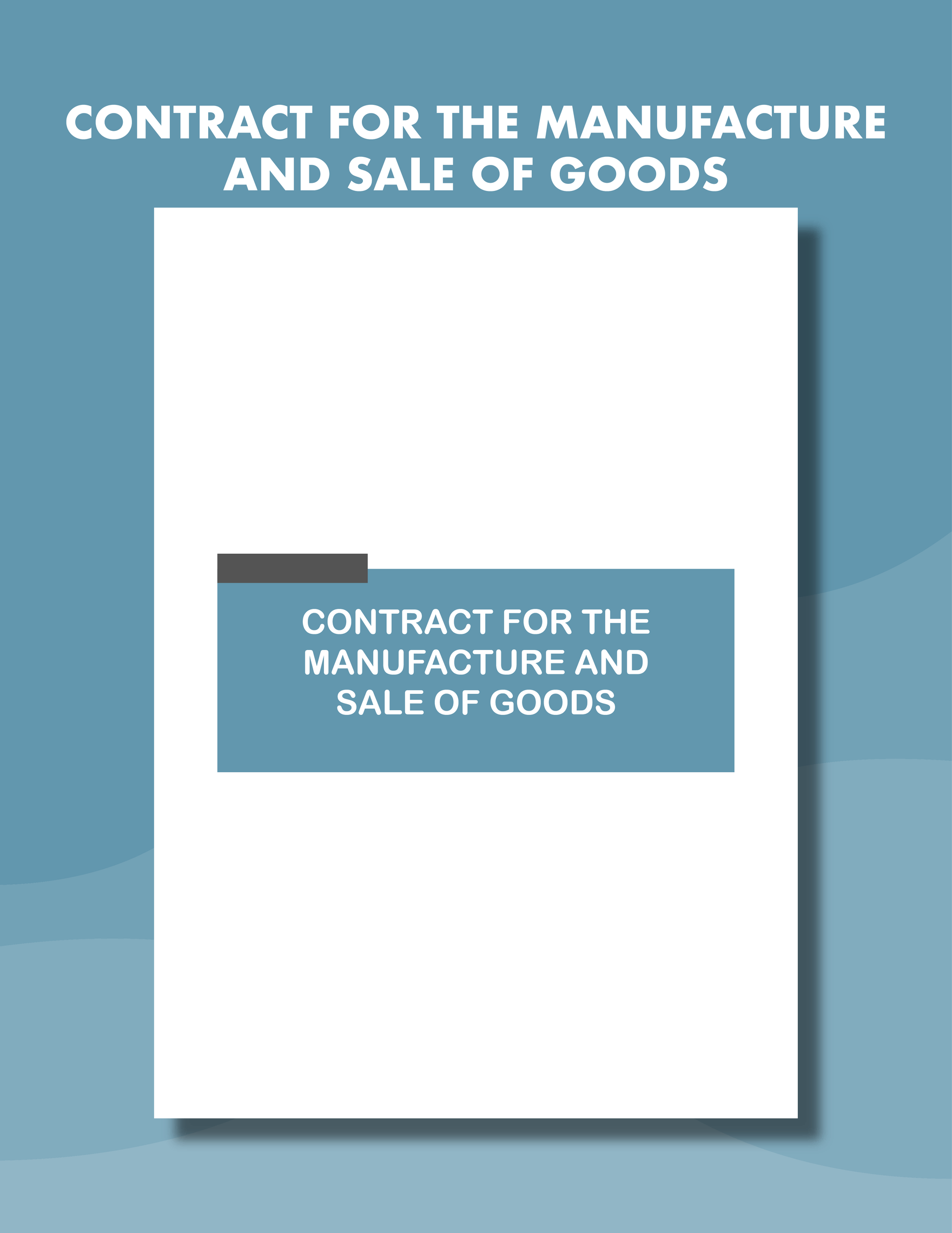Bring your Manufacturing Agreements to life with Manufacturing Agreement Templates from Template.net
Keep your legal and industrial teams engaged, streamline agreements, and ensure comprehensive documentation with Manufacturing Agreement Templates from Template.net. Specifically designed for businesses in the manufacturing sector, these templates allow you to promote a smoother negotiation process and confirm partner agreements with ease. Whether you are looking to cement a deal with a supplier or formalize a contract with a distributor, these templates include all essential clauses, sections, and legal provisions that define roles, responsibilities, and terms. Enjoy professional-grade design that requires no legal expertise, making it effortless to create or revise contracts with complete confidence. With customizable layouts for easy adaptation to your specific needs, our templates offer digital distribution options to streamline your workflow.
Discover the many Manufacturing Agreement Templates we have on hand to suit every requirement in the manufacturing sector. Start by selecting an editable template that matches your needs, then easily swap in specific company details, time frames, and production requirements while tweaking colors and fonts to maintain brand consistency. Utilize our advanced features such as drag-and-drop functionality for icons and graphics, as well as AI-powered text tools that suggest enhancements for clearer communications. The possibilities of creating a robust manufacturing agreement are endless and require no prior agreement-drafting skills. Our library is regularly updated, ensuring you always have access to the latest industry-standard designs. When you’re finished, download or share your completed agreement via email, print, or export, ensuring seamless integration into your business operations.
